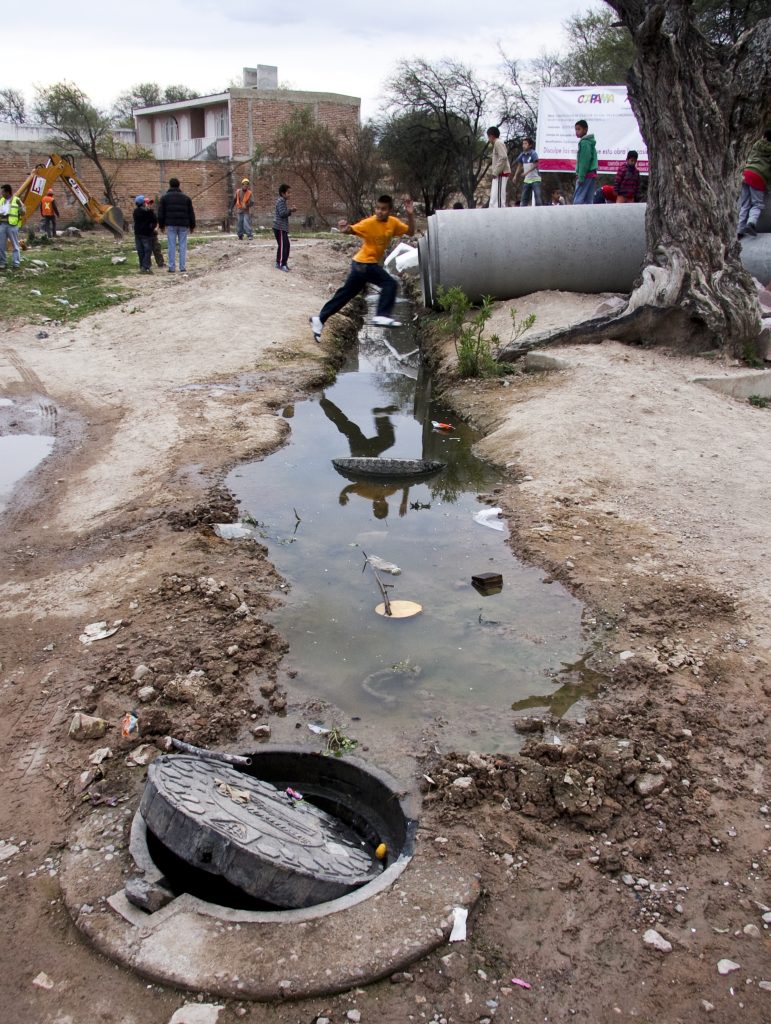Communities living near a failing wastewater facility
Wastewater treatment plants were historically built near low-income communities already marginalized by race, ethnicity, and indigeneity. Thus, the burden of failure (e.g. flooding of sewage, contamination of nearby drinking water) falls on these already marginalized communities.
WHO?
Vulnerable communities living near malfunctioning wastewater treatment systems. These facilities were historically built near low-income communities already marginalized by race, ethnicity, and indigeneity so the burden of wastewater treatment system failure (e.g. flooding of sewage, contamination of nearby drinking water, etc.) falls on these vulnerable communities.
HOW?
Technical problems from wastewater treatment plant malfunction can include backup, overflow, flooding, or runoff that can endanger public health. One combined sewage and septic system in Tulare County, California had a pump fail recently that caused sewage to back up into people's toilets and homes. Another wastewater treatment plant in Uniontown, Alabama was discharging sewage effluent into an inadequate “spray field” that was leaching into nearby creeks and rivers for decades.
WHY?
There are more than 16,000 wastewater treatment plants in America. 81 percent are functioning at their capacity, and 15 percent have met or exceeded their capacity. America’s wastewater treatment plants received a grade of D+ by the American Society of Civil Engineers. Most wastewater treatment plants are only built with a lifespan of 45 or 50 years, and we are nearing the end of that lifespan for many facilities. Other wastewater treatment plants are over 100 years old. There is limited funding to update these systems or build new ones.
Subscribe to our newsletter!

